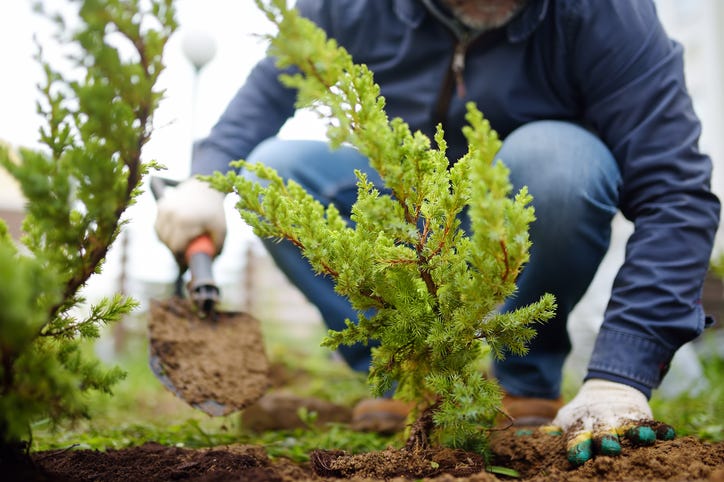
Gardeners may have a whole new list of plants they can grow, thanks to warming temperatures across the country.
The U.S. Department of Agriculture recently updated its "Plant Hardiness Zone Map" for the first time in a decade. The map is a national standard by which gardeners and growers determine which plants are most likely to survive the coldest winter temperatures at a certain location.
The USDA describes the latest map, jointly developed by Oregon State University's PRISM Climate Group and the USDA's Agricultural Research Service, as the most accurate and detailed it has ever released.
"Overall, the 2023 map is about 2.5 degrees warmer than the 2012 map across the conterminous United States," Christopher Daly, director of the PRISM Climate Group and the map's lead author, said in a statement. "This translated into about half of the country shifting to a warmer 5-degree half zone, and half remaining in the same half zone. The central plains and Midwest generally warmed the most, with the southwestern U.S. warming very little."
The map is based on 30-year averages (1991 to 2020) for the lowest annual winter temperatures within specified locations. The map is divided into a total of 13 zones, each zone representing a 10-degrees-Fahrenheit range of temperatures. Each zone is further divided into two half zones, with each of those representing a 5-degree range. Zone numbers are typically listed with the descriptions of perennial plants in catalogs and other sales information produced by commercial nurseries, plant suppliers, etc.
The new plant hardiness map incorporates data from 13,412 weather stations, compared to the 7,983 that were used for the 2012 edition.
"The addition of many new stations and more sophisticated mapping techniques using the latest PRISM technology led to a more accurate and detailed Plant Hardiness Zone Map but also produced localized changes that are not climate related," Daly said.
If your hardiness zone has changed, the USDA warns that you should not start removing plants from your garden or change what you are growing.
"What has thrived in your yard will most likely continue to thrive," the agency said. "Growing plants at the extreme range of the coldest zone where they are adapted means that they could experience a year with a rare, extreme cold snap that lasts just a day or two, and plants that have thrived happily for several years could be lost. Gardeners need to keep that in mind and understand that past weather records cannot provide a guaranteed forecast for future variation in weather."
